Introduction:
Capacitors play a crucial role in various electronic systems, offering storage and release of electrical energy. As diverse as their applications, capacitors come in various types and constructions. In this article, we will delve into the different types of capacitors and explore their applications in different industries and everyday life.
Types of Capacitors:
Ceramic Capacitors:
- Ceramic capacitors are constructed using a ceramic dielectric material with metal electrodes. They are widely used due to their small size, high capacitance values, and low cost. Ceramic capacitors find applications in decoupling, bypassing, timing circuits, and RF filtering.
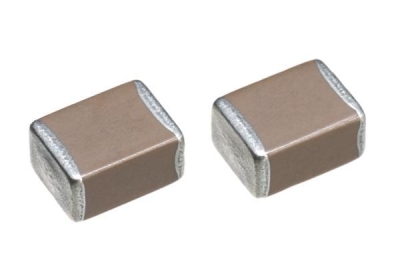
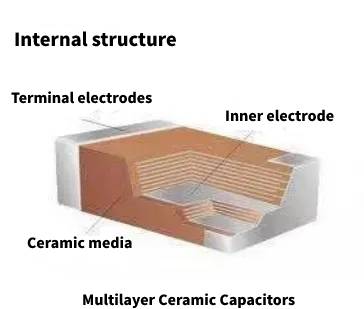
Electrolytic Capacitors:
- Electrolytic capacitors consist of two conductive plates separated by an electrolyte-soaked paper. They offer high capacitance values and low equivalent series resistance (ESR). Electrolytic capacitors are commonly used in power supplies, audio amplifiers, motor circuits, and energy storage applications.
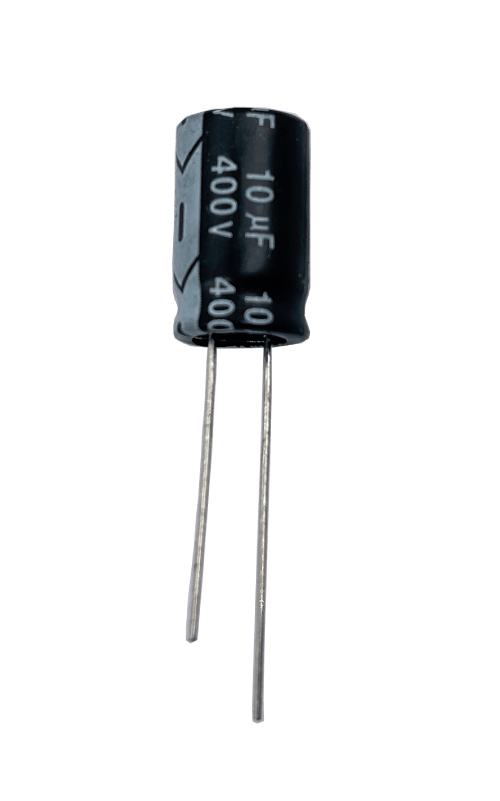
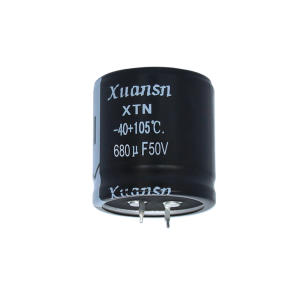
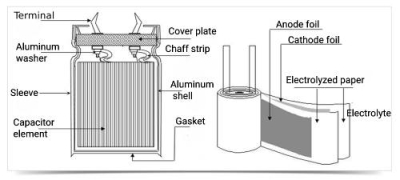
Film Capacitors:
- Film capacitors utilize a plastic film as the dielectric material between metal electrodes. They come in different types such as polyester, polypropylene, and polycarbonate capacitors. Film capacitors are employed in various applications, including coupling, filtering, motor start-up, and AC/DC circuits.
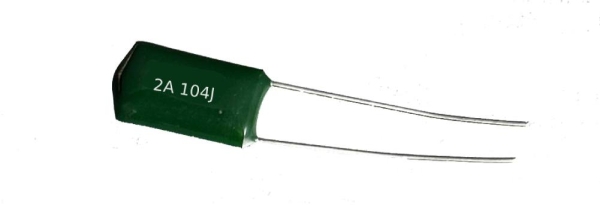
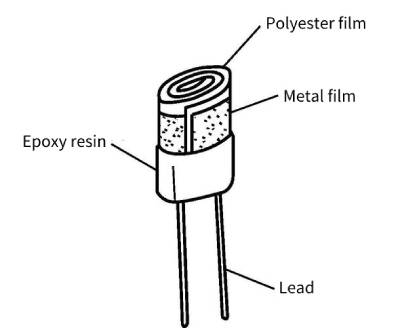
Tantalum Capacitors:
- Tantalum capacitors utilize tantalum pentoxide as the dielectric material. They offer high capacitance values, stability, and low leakage current. Tantalum capacitors find applications in portable electronics, telecommunications, and medical devices.
Supercapacitors:
- Supercapacitors, also known as ultracapacitors or electric double-layer capacitors (EDLCs), are a type of capacitor that stores and releases electrical energy. They have electrodes made of high-surface-area materials, such as activated carbon, and use an organic solvent or ionic liquid as the electrolyte. Supercapacitors offer high energy storage capacity, rapid charging and discharging, long cycle life, and good temperature performance.
Difference Between Types of Capacitors :
Each types of capacitors has its own unique construction, materials, capacitance values, and specific applications. Ceramic capacitors excel in compact designs and cost-effectiveness, while electrolytic capacitors offer high capacitance values. Film capacitors provide excellent frequency response, and tantalum capacitors offer stability and low leakage. Aluminum electrolytic capacitors provide high capacitance and voltage ratings. The choice of capacitor depends on factors such as size, cost, capacitance requirements, operating conditions, and desired performance characteristics.
Applications of Capacitor:
- Energy Storage: Capacitors store electrical energy and release it quickly when needed, making them suitable for applications such as flash cameras, power backup systems, and energy harvesting devices.
- Power Conditioning: Capacitors improve power quality by filtering out noise, reducing ripple in power supplies, and correcting power factor issues in electrical systems. They play a crucial role in power factor correction, motor starting, and smoothing voltage fluctuations.
- Timing and Oscillation: Capacitors, in conjunction with resistors, enable precise timing and oscillation in circuits such as timing circuits, oscillators, and RC filters. They are used in applications requiring accurate timekeeping or frequency generation.
- Signal Coupling and Filtering: Capacitors enable the coupling of signals between different stages of electronic circuits. They also act as filters, allowing certain frequencies to pass while blocking others. Capacitors are essential components in audio amplifiers, radio receivers, and telecommunications equipment.
- Motor Start-Up: Capacitors provide the initial high-current boost required to start electric motors efficiently. They help overcome the high inrush current during motor startup, ensuring smooth and reliable operation in various industrial and household appliances.
Applications in Daily Life and Electronics:
Capacitors are present in various everyday devices, highlighting their widespread applications in electronics. Here are a few examples:
- Air Conditioning Units: Capacitors are used in air conditioning systems for motor start-up. They provide the initial high-current boost required by the compressor to start efficiently.
- Audio Systems: Capacitors play a vital role in audio equipment, such as amplifiers and speakers. They are used for coupling signals between stages, filtering out unwanted frequencies, and ensuring accurate reproduction of sound.
- Television Sets: Capacitors are employed in television sets for power conditioning. They help smooth out fluctuations in the power supply, ensuring stable and high-quality performance.
- Electronic Appliances: Capacitors are used in various electronic appliances to improve performance and reduce electrical noise. They are essential for noise reduction, power factor correction, and stabilizing voltage levels.
The Most Commonly Used Capacitor:
The most commonly used capacitor in various electronic applications is the ceramic capacitor. Ceramic capacitors offer several advantages that make them widely preferred in the industry:
- Small Size: Ceramic capacitors are available in compact sizes, allowing for efficient use of space on circuit boards, especially in compact electronic devices such as smartphones, tablets, and wearables.
- High Capacitance Values: Ceramic capacitors offer a wide range of capacitance values, from picofarads (pF) to microfarads (µF), making them suitable for various applications that require different capacitance levels.
- Low Cost: Ceramic capacitors are cost-effective compared to other capacitor types, making them a popular choice for mass-produced electronic devices.
- High Voltage Ratings: Ceramic capacitors can handle high voltage levels, allowing for their use in applications that require voltage regulation and filtering, such as power supply circuits.
- Wide Temperature Range: Ceramic capacitors exhibit stable performance over a wide temperature range, ensuring their reliability in diverse environmental conditions.
- Excellent High-Frequency Performance: Ceramic capacitors have low equivalent series resistance (ESR) and equivalent series inductance (ESL), making them suitable for high-frequency applications such as RF filters and decoupling.
- Low Leakage Current: Ceramic capacitors have minimal leakage current, ensuring efficient and reliable operation.
Due to their versatility, small size, and cost-effectiveness, ceramic capacitors find extensive usage across different industries and electronic devices. They are utilized in power supply filtering, decoupling, timing circuits, noise suppression, coupling applications, and more. However, it’s important to consider the specific requirements of your application to determine the most suitable capacitor type for optimal performance.
Capacitor and Capacitance:
Different types of capacitors have capacitance.To clarify the difference between a capacitor and capacitance, it’s essential to understand their respective definitions. A capacitor refers to the physical device that consists of two conductive plates separated by a dielectric material. Capacitance, on the other hand, is the measure of a capacitor’s ability to store electrical charge and is expressed in Farads. In simple terms, capacitance is the inherent property of a capacitor.
AC and DC Capacitor Operation:
Different types of capacitors are used in both AC and DC circuits and their performance depends on the frequency and voltage applied to them.Capacitors can be used in both AC (alternating current) and DC (direct current) circuits, but their operation and behavior differ in each case.
AC Capacitor Operation: When a capacitor is connected to an AC circuit, its behavior depends on the frequency of the alternating voltage. Here are some key points:
- Charging and Discharging: In an AC circuit, a capacitor charges and discharges continuously as the voltage alternates. During the positive half-cycle of the AC voltage, the capacitor charges, and during the negative half-cycle, it discharges.
- Reactance: Capacitors in AC circuits exhibit reactance, which is the opposition to the flow of alternating current. Reactance depends on the capacitance value and the frequency of the AC signal. The reactance of a capacitor decreases with increasing frequency.
- Phase Shift: Capacitors introduce a phase shift between voltage and current in an AC circuit. The voltage across the capacitor leads the current by 90 degrees. This phase shift is utilized in various AC applications, such as in phase shifters and AC motor start circuits.
DC Capacitor Operation: When a capacitor is connected to a DC circuit, its behavior is different from that in an AC circuit. Here’s how capacitors operate in a DC circuit:
- Charging and Discharging: When a capacitor is connected to a DC voltage source, it charges until it reaches the same voltage as the source. Once fully charged, the capacitor blocks the flow of DC current as it acts as an open circuit.
- Energy Storage: Capacitors store energy in their electric field when connected to a DC circuit. This stored energy can be discharged when the
- Time Constant: The time it takes for a capacitor to charge or discharge in a DC circuit is determined by the RC time constant, where R is the resistance in the circuit and C is the capacitance. The time constant represents the rate at which the voltage across the capacitor changes.
It’s important to note that certain types of capacitors, such as electrolytic capacitors, are polarized and have a specific voltage polarity requirement. They are typically used in DC circuits where the voltage is constant and unidirectional.
In summary, capacitors in AC circuits continuously charge and discharge, exhibit reactance, and introduce phase shifts. In DC circuits, capacitors charge, store energy, and block the flow of current once fully charged. Understanding the differences in capacitor behavior in AC and DC circuits is crucial for selecting the appropriate capacitor for a specific application.
Types of Capacitors Behavior and Characteristics:
Capacitors serve two main functions in electronic systems: energy storage and signal conditioning. They store electrical energy, which can be discharged when needed, providing instantaneous power. Additionally, capacitors are used for signal coupling, filtering out unwanted frequencies, and improving the performance and efficiency of electronic circuits.
When it comes to high frequencies, the impedance of capacitors decreases, making them more effective for filtering and coupling applications. Capacitors exhibit different behaviors based on the frequency range they are designed for.
Regarding voltage, capacitors can withstand certain voltage ratings. If the applied voltage exceeds the capacitor’s rating, it can lead to failure or breakdown. It is crucial to select capacitors with appropriate voltage ratings for the intended application.
Over time, capacitors may experience aging, changes in capacitance values, and possible deterioration due to environmental factors, temperature, and voltage stress. These factors can affect the performance and reliability of capacitors, emphasizing the importance of considering their lifespan and operating conditions.
Conclusion:
Understanding the different types of capacitors and their applications is crucial in selecting the right component for specific electronic systems. Whether it’s ceramic capacitors for compact designs, electrolytic capacitors for high capacitance applications, or film capacitors for precise signal conditioning, each type has its unique advantages. Capacitors are ubiquitous in various industries and everyday life, contributing to the efficiency, stability, and performance of electronic devices and systems. By comprehending their characteristics and applications, engineers and enthusiasts can make informed decisions when choosing capacitors for their projects.